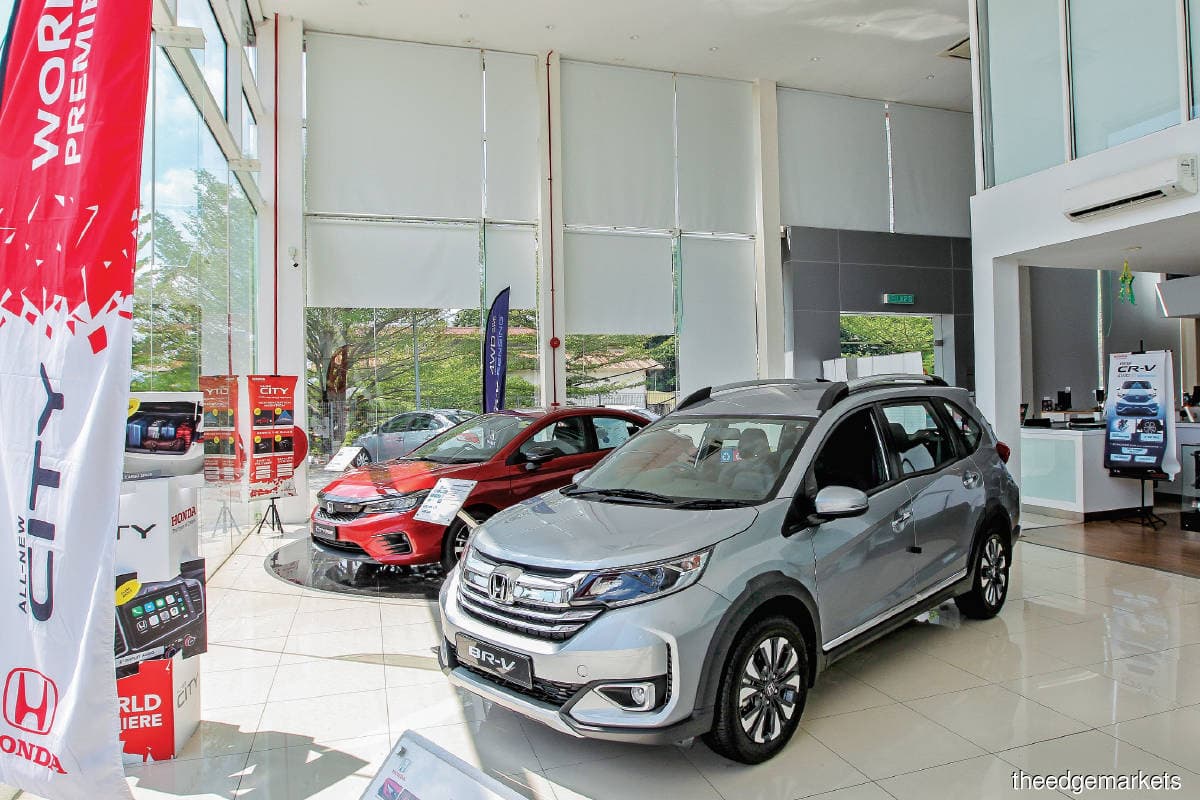
This article first appeared in The Edge Malaysia Weekly on August 16, 2021 - August 22, 2021
BESIDES doing away with dealers as the middleman between an automotive brand and customers, more and more marques have embarked on a journey that will remove banks as the provider of financing for aspiring car owners.
While automotive companies have been providing financing for customers for decades, it is only recently that some original equipment manufacturers (OEMs) have come up with a subscription service for cars.
However, will the subscription model become another avenue for OEMs to boost sales? What is the potential of the subscription model, and what factors could determine its success?
According to Boston Consulting Group (BCG) in a July 12 report, some forecasts of subscription market growth envision penetration rates at 20% to 40% of new car sales by 2030. BCG notes, however, that this could be overstated.
“We estimate the market in Europe and the US could reach US$30 billion to US$40 billion by 2030 — up to 15% of new car sales — based on the volume of five million to six million subscription vehicles,” says BCG in the report.
It adds, however, that a share of the estimate may be served through longer-term rentals and full-service leasing, as the boundaries between these options and subscriptions are blurring. Nevertheless, it is not incorrect to say the subscription model has big potential the world over.
This is because, according to BCG, car subscriptions fill a white space in the consumer market and add a new profit pool to an industry facing growth headwinds. Yet, the consulting group says, the model has not taken off with anywhere near the intensity of other recent mobility options such as e-scooters or ride-hailing.
“Most companies have yet to land on a winning formula. Several, including Mercedes-Benz, Cadillac, and BMW, have already cancelled their offerings or paused to rethink them,” it states in the report.
In Malaysia, several car subscription services are available. Toyota Capital Malaysia Sdn Bhd offers Kinto One, a subscription service that allows customers to choose from a range of new or pre-owned Toyota and Lexus cars.
Meanwhile, TC Euro Cars Sdn Bhd, the distributor of Renault cars, gives customers the option to subscribe to the Captur, Koleos and Megane RS models through three subscription packages. The tenures range from a three-month trial to a three-year fixed and “switch” packages.
While one can subscribe to almost the entire range of Toyota and Renault cars available in Malaysia through their respective subscription models, Nissan, through Edaran Tan Chong Motor Sdn Bhd, provides for the subscription of only the all-electric Nissan Leaf.
This could be because Nissan sees subscription services as a way for customers to try new models that are not yet popular in the country. The acceptance of battery electric vehicles (BEV) in Malaysia is still rather low, owing to the lack of supporting policies.
“Consumers who might shy away from new brands or BEVs are more willing to try one out through a subscription,” says BCG in the July 12 report. “For BEVs in particular, subscribing eliminates a current drawback to ownership: the decline in resale value, owing to reduced battery life.
“The closer a car is to the end of its battery warranty, the lower its resale value, as new batteries cost anywhere from US$5,000 to US$16,000. Given the rapid pace of improvement in battery technology, however, the cost of batteries will go down,” the consulting group states.
Then there is Flux, a car subscription platform that offers a range of models — from the Kia Picanto to an Audi S5. While Flux calls itself a car subscription service, its business model veers towards rentals, as one can rent the cars on a month-to-month basis.
While OEMs pioneered the subscription model, many have abandoned it. In contrast, it is flourishing in the start-up scene in Europe and the US.
According to BCG, since 2015, more than US$700 million in venture capital has been poured into car subscription start-ups. Will Malaysia see more car subscription services in the future as more start-ups emerge in the market?
Or will the OEMs take up the challenge, fine-tune the business model and eventually use the subscription model as a growth driver?
Save by subscribing to us for your print and/or digital copy.
P/S: The Edge is also available on Apple's AppStore and Androids' Google Play.